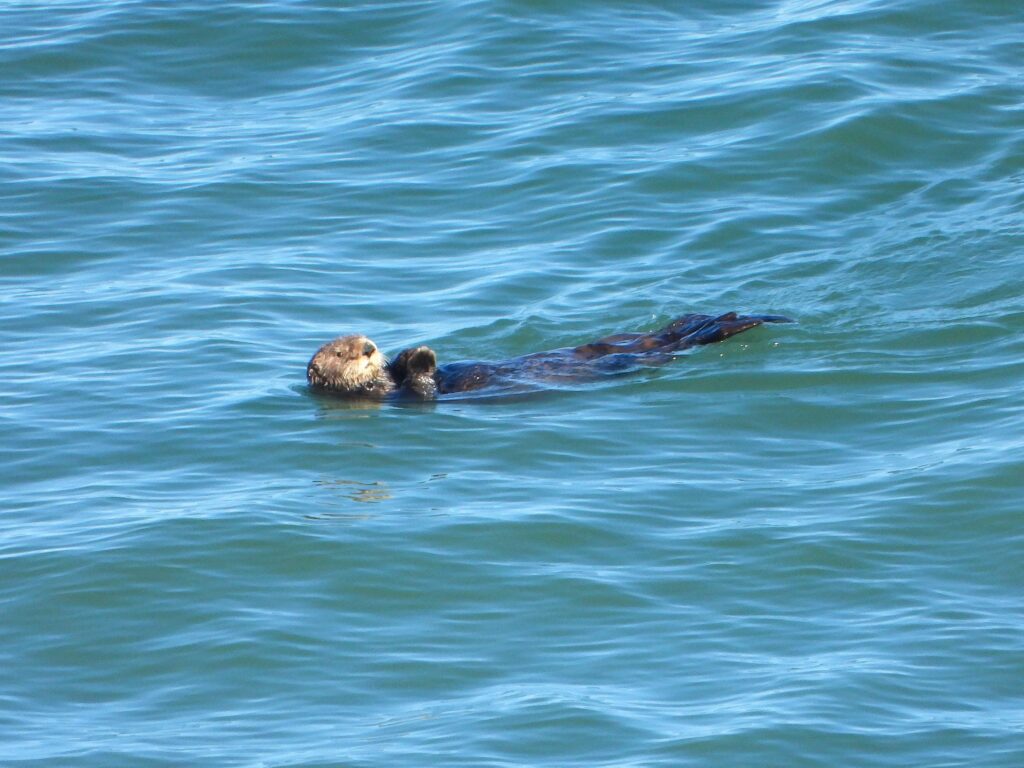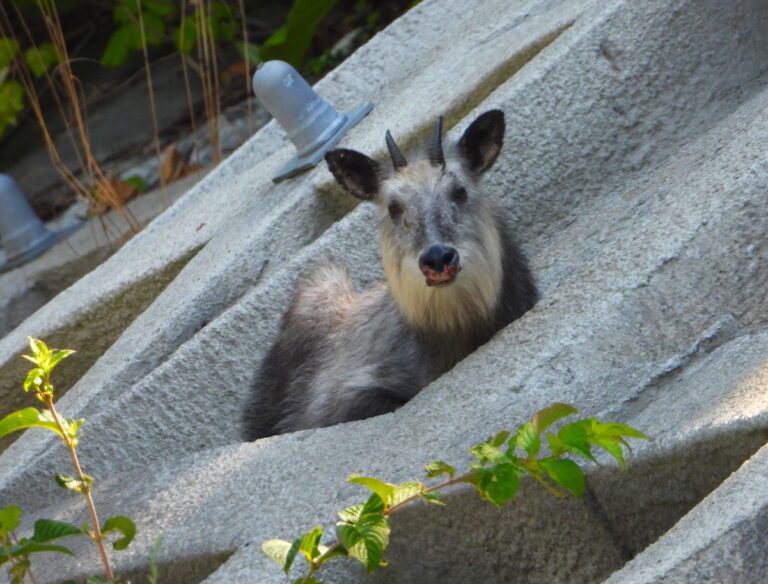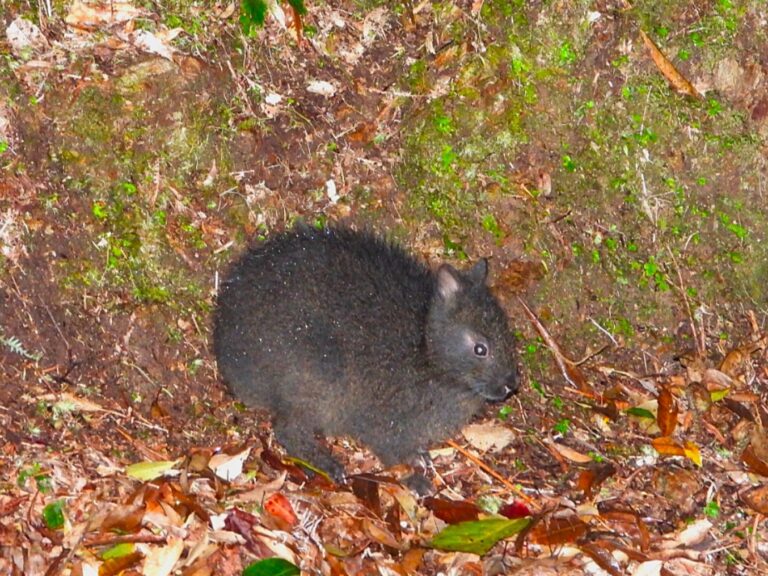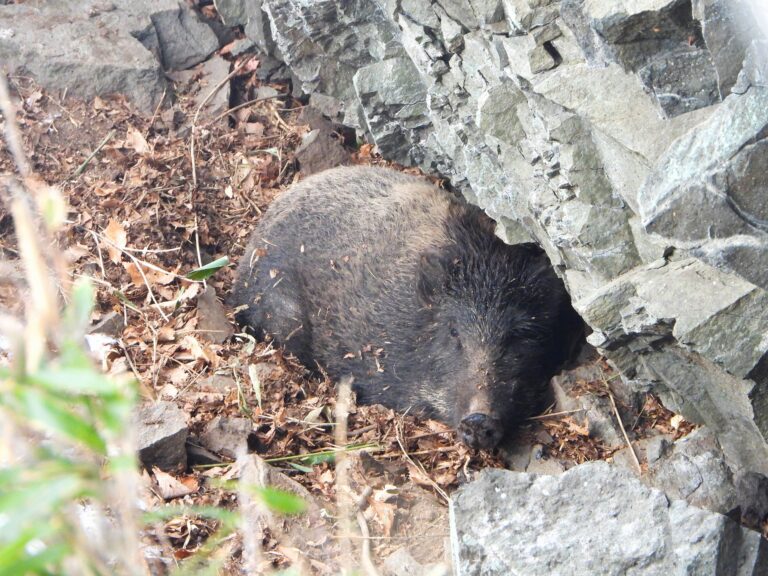Sea Otter (Enhydra lutris) – Wildlife of Japan
Introduction
The sea otter is a charismatic marine mammal of the North Pacific. In Japan, small but growing numbers have returned to the eastern coast of Hokkaido, with pups recorded off Cape Kiritappu (Hamanaka) since 2018—evidence of re-established breeding in the area.
Appearance
Compact and buoyant, sea otters measure about 1–1.5 m and are famously insulated by the densest fur of any animal—around 600,000–1,000,000 hairs per square inch. This ultra-dense coat traps air for warmth because sea otters lack blubber.
Habitat
Sea otters live in nearshore waters with rocky reefs and kelp forests. In Japan today they are most often spotted around eastern Hokkaido—particularly near Cape Kiritappu and surrounding capes and islets—where a seaside promenade offers distant viewing points. Please keep well back to avoid disturbance.
Behavior
Masters of tool use, sea otters often crack shells on a stone balanced on their chest while floating on their backs. They spend hours grooming to keep their fur waterproof and buoyant, and they sometimes rest together in “rafts,” anchoring to kelp to avoid drifting.
Diet
Specialists of hard-shelled prey: sea urchins, clams, abalone, mussels and crabs. By consuming urchins, they help kelp forests recover—boosting biodiversity and coastal productivity.
Reproduction
Females usually rear a single pup at sea, carrying and grooming it constantly. In Hokkaido, local monitors note that rearing spans roughly six months and pup survival can be challenging, underscoring the need for quiet, respectful observation.
Conservation
Global numbers crashed due to the fur trade but rebounded in parts of the range thanks to protection. Even so, the IUCN Red List still classifies the sea otter as Endangered, with threats including oil spills, entanglement in fishing gear, and predation (such as orcas). Recent coverage notes approximately 130,000 individuals across the North Pacific, but local pressures remain—especially where tourism brings people close to pups.
Author’s Impression
I have observed and photographed wild sea otters at Cape Kiritappu in Hokkaido. Because they can only be seen from a great distance, a telephoto lens or binoculars is essential. I always keep a respectful distance and observe quietly so as not to disturb their natural life.








